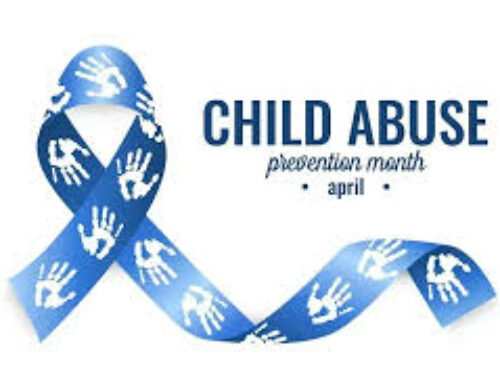Published in the March 1 – 14, 2017 issue of Morgan Hill Life
By Dr. Jeanne Haggerty-Arcay

Dr. Jeanne Haggerty-Arcay
With all of the recent rain comes some increase health threats to our pets, including a disease called leptospirosis. Leptospirosis is caused by a bacteria and can be found in soil as well as water. The disease is zoonotic, which means that it can be transmitted to humans from animals via contaminated urine of an infected animal. Initial symptoms in humans are often vague and flu-like.
Transmission: Dogs are most commonly infected. Historically, the disease was often seen in bird hunting dogs as the dogs became infected by ingesting contaminated water. Infection is most common from drinking water that has been contaminated by infected urine of wildlife, rodents or livestock (pigs, cattle, horses, etc). During this very rainy season, the concern is that the normally empty creeks and streams will be unusually full. Properties at the bottom of the foothills may see run-off when they would normally be dry. With the excess water, dogs may be at an increased risk for ingestion of contaminated water.
Symptoms: Symptoms in dogs can include fever, lethargy, enlarged liver, vomiting, dehydration, diarrhea and changes in the urination. The bacteria often infect the urinary tract and kidneys, causing kidney failure which may occur in addition to liver failure.
Diagnosis & Treatment: Diagnosis of the disease can be difficult as the symptoms can be vague and can mimic those of other diseases. Diagnostics will often include blood work,X-rays, urine tests and special test for leptospirosis. If leptospirosis is suspected, your pet should be started on treatment before some of the test results are back. The disease can be treated with antibiotics and supportive care (including intravenous fluids) if treatment is started early.
Prevention: A vaccine is available for dogs at risk for becoming infected with leptospirosis. The vaccine covers several of the strains or types of leptospirosis and helps reduce the risk of infection. It is a two-shot vaccine series with annual boosters. Talk to your veterinarian about whether your dog should receive the vaccine.
Here are some other ways to help reduce your dog’s risk:
• Keep your dog on a leash while walking to prevent them from drinking or ingesting unknown substances/water
• Do not let your dog drink from creeks, streams, lakes
• Clean any standing water in your yard if possible
• Bring your own water source if you anticipate being on a long hike with your dog
If your dog has become infected, here are some ways you can avoid becoming infected yourself:
• Avoid contact with your dog’s urine whenever possible
• If your dog urinates in the house, use gloves to clean it up immediately with a household disinfectant (antibacterial cleaning solution or 1:10 bleach)
• Train your pet to urinate in a designated area away from where your children play
• Always wash your hands after handling your pet and be sure that your children do the same
• Make sure that you follow through with all the prescribed treatment for your pet and any additional testing that has been recommended
The CDC has additional information available at www.cdc.gov.
Dr. Jeanne Haggerty-Arcay received her undergraduate degrees in biology, biochemistry and Spanish from the College of Notre Dame, Belmont. She graduated from U.C. Davis School of Veterinary Medicine. She enjoys spending time with her husband and three young children.






